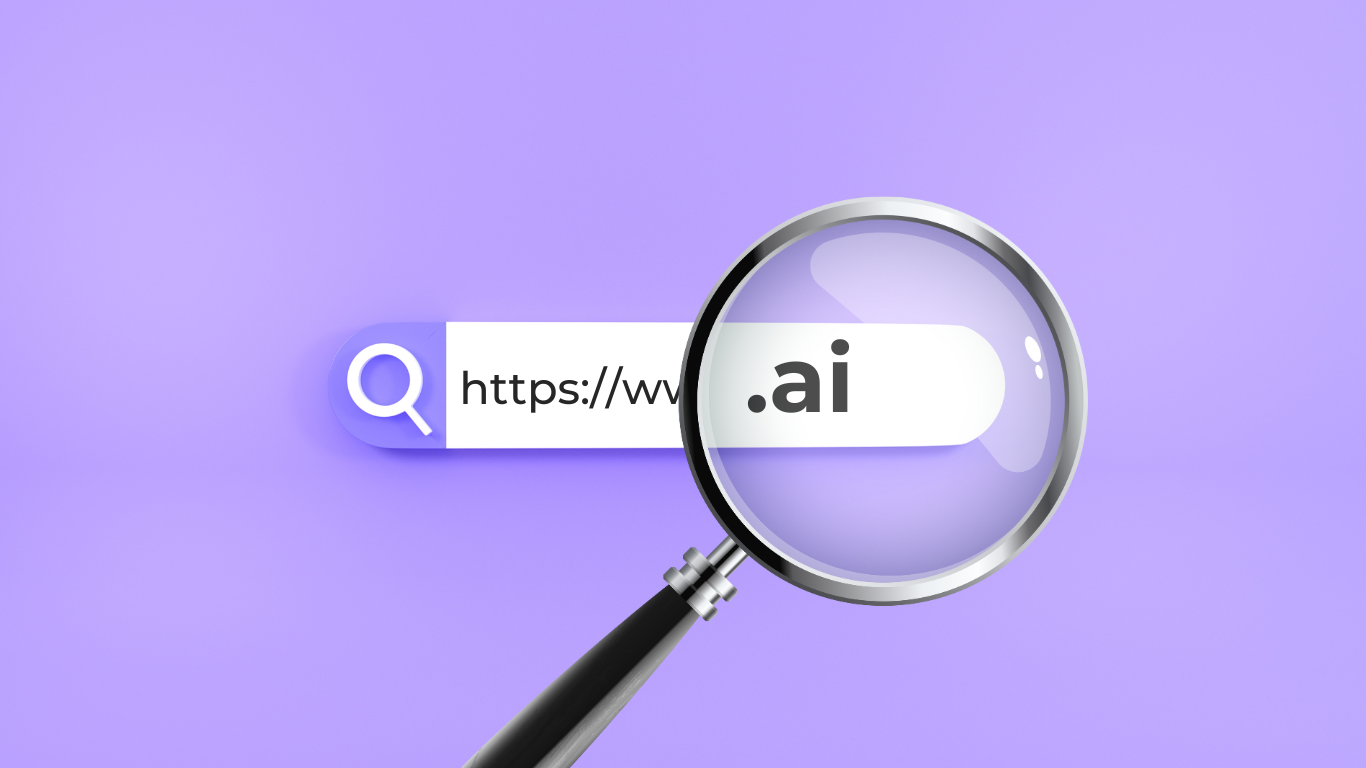Hey! You’re about to get your domain set up—awesome! Now, let’s make sure it’s secure so you can sleep easy at night.
Your brand is established, and much of your future revenue may come from your website. So now, your domain immediately becomes a target for impersonation, infringements and misuse. Ensuring your site’s security is crucial.
Here are five top tips to keep digital threats away.
1. Create your Domain Name
Your domain name is your website’s first impression. Keep it short, catchy, and easy to spell. It should reflect your brand or what your site represents. If your preferred name is taken, try adding a keyword or playful suffix.
You can also choose from various TLDs (Top-Level Domains), which are the parts that follow the final dot in the domain name. TLDs can be generic, sponsored, or country-specific, like .com, .org, .edu, or .biz.
Experiment with your options to add security to your domain name. If you want an international presence, list your countries and regions and find the TLDs that are available in each region.
Choose your favourite brand names, define the top TLDs from the list, and create the complete list of domains that will meet your brief.
2. Do your housekeeping
Monitor your domain like a hawk. Set up alerts for any changes to your DNS records, and regularly check that your site runs smoothly. If something seems off, act fast—it’s better to catch issues early!
Make a list of all the domains you own, check their renewal status, and monitor their expiration dates. It’s also wise to review costs and ensure you’re not paying for dormant domains.
3. Lock and load
You can lock your domain to prevent unauthorized transfers. It’s like putting a “Do Not Disturb” sign on your domain. Head to your registrar’s settings and activate domain lock—it’s a simple but powerful move.
Also, keeping your WHOIS info current is critical. A WHOIS domain lookup lets you trace the ownership and tenure of a domain name, similar to how houses are registered on a street. Domain registries maintain records of who owns each domain and for how long. If something strange happens with your domain, your registrar needs to contact you quickly. Ensure your email and phone number are always up to date.
If you choose multiple domain names, ask your domain provider for a bulk discount on the subscription cost. Make sure you review your portfolio regularly to ensure all your domains are registered correctly.
4. Enable two-Factor authentication (2FA)
Think of 2FA as a double lock on your door. Even if someone gets hold of your password, they’ll need a second piece of information to access your account. Most registrars offer 2FA, so be sure to enable it. It’s an extra step, but it adds a serious layer of protection.
5. Choose a strong password
OK, spelling “password” backwards has been done before—that’s not the best idea. But choose a password that’s personal to you, perhaps involving your favorite pet, sports team, or school nickname. Include numbers and special characters to mix it up.It’s 2024, mix it up already.
Using a password manager can help you create long, random passwords for your domain accounts. Change them every few months for added security.
There you go—five easy ways to level up your domain security! Follow these, and your domain will be as safe as a vault.



